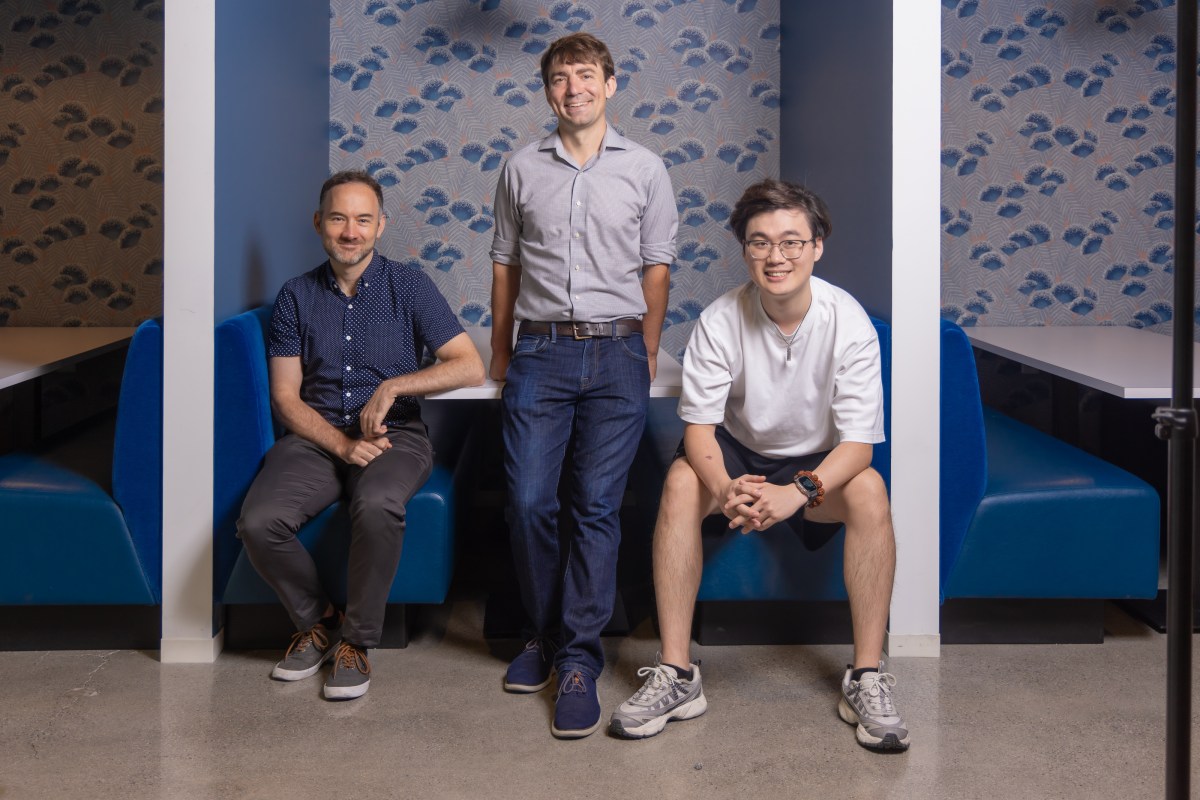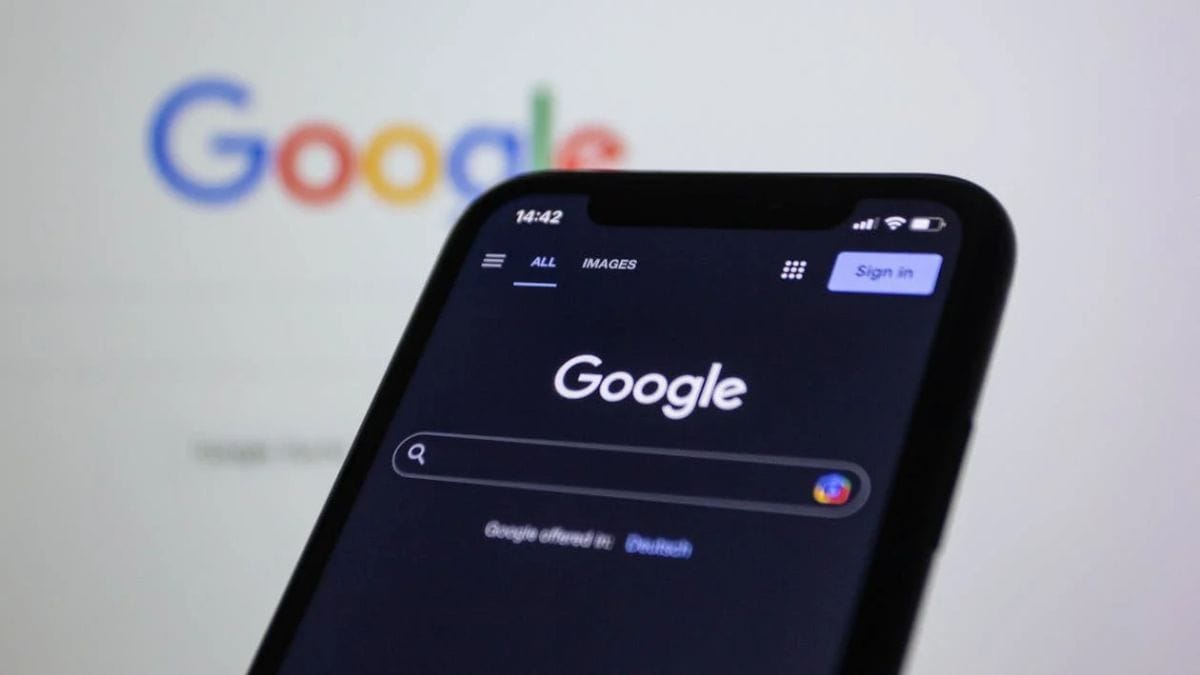ChatGPT is getting a new capability that will make it easier for humans and artificial intelligence (AI) to collaborate together on a project. Just days after hosting its annual DevDay conference in San Francisco, OpenAI announced the new Canvas interface for the chatbot. The feature opens a separate window within the platform and allows users to edit the generated content or ask the AI to change parts of it using designated tools. The AI firm highlighted that this feature works with coding and creative writing projects.
In a blog post, the AI firm detailed the new feature for ChatGPT. Canvas is a smaller window that opens within the chatbot’s interface. The feature was built with GPT-4o, and users should have access to the model to use it. The feature, which is currently in early beta, is being rolled out to ChatGPT Plus and Team users globally. It will be expanded to Enterprise and Edu users next week. OpenAI also highlighted that Canvas will be available to all users once it is out of beta.
Canvas offers a new form of collaboration between humans and AI over projects that are more complicated or require granular fine-tuning. Usually, the way ChatGPT works is users can add a prompt and the output is generated. In case the generated text is not satisfactory, users can add follow-up prompts, refine the initial prompt and hope for a better output. However, this trial and error method still does not take care of minor refinement needs.
With Canvas, users will now see new inline editing tools when the interface is active. For writing projects, there are five tools. “Suggest edits” will change the selected portion of the overall text while “Adjust the length” will allow users to shorten or lengthen the write-up. “Change reading level” can adjust the reading level of the text with options from Kindergarten to Graduate School.
The “Add final polish” tool checks for grammar, clarity, and consistency and “Add emojis” adds relevant emojis for added emphasis.
While coding, the Canvas interface will show five separate tools. “Review code” prompts ChatGPT to offer inline suggestions to improve the code and “Add logs” can insert print statements to help users debug and understand the code better. The “Add comments” tool on a highlighted code will add an AI-generated comment explaining the code.
The “Fix bugs” tool can detect and rewrite error-ridden code and “Port to a language” can translate the code into JavaScript, TypeScript, Python, Java, C++, or PHP.
However, users can also take full control over the generated text and code and make inline edits to them directly. OpenAI stated that this interface was designed to let users offer pin-pointed feedback to the AI like a copy editor or code reviewer.




